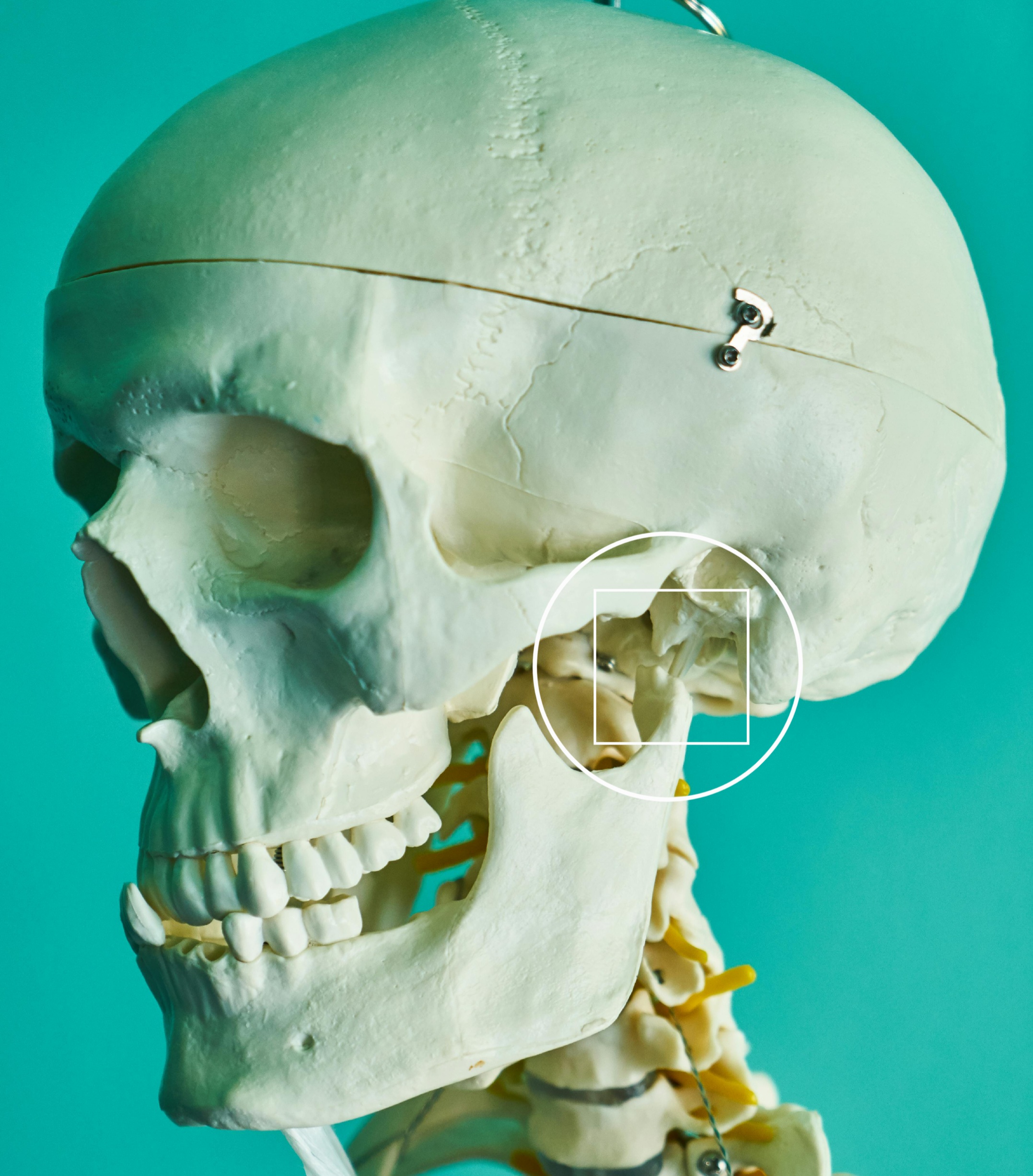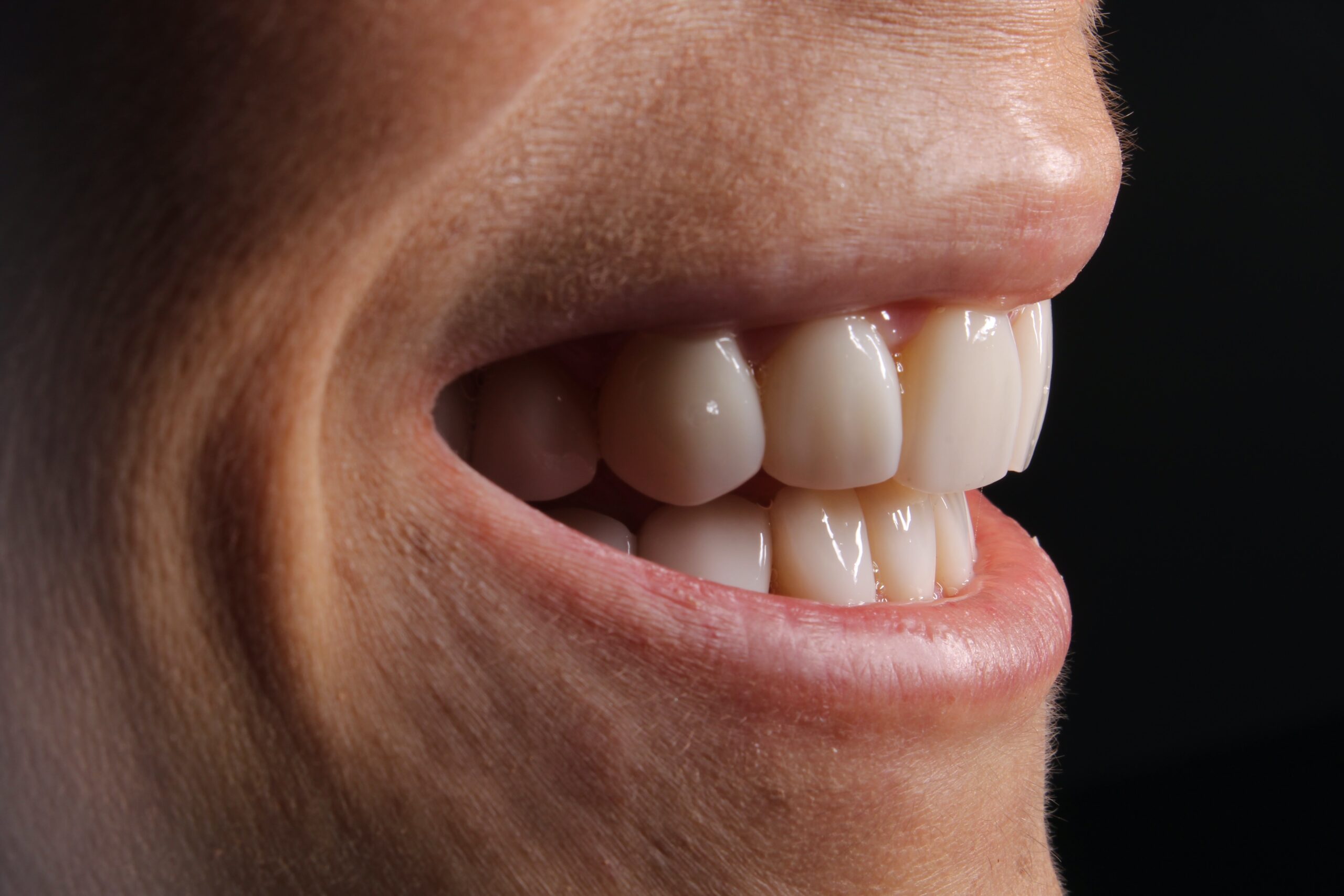TMJ DISORDERS
Temporomandibular joint and muscle disorders, commonly called “TMJ,” are a group of conditions that cause pain and dysfunction in the jaw joint and the muscles that control jaw movement. We don’t know for certain how many people have TMJ disorders, but some estimates suggest that over 10 million Americans are affected. The Condition appears to be more Common in Women than men.

For most people, pain in the area of the jaw joint or muscles does not signal a serious problem. Generally, discomfort from these conditions is occasional and temporary, often occurring in cycles. The pain eventually goes away with little or no treatment. Some people, however, develop significant, long-term symptoms.
If you have questions about TMJ disorders, you are not alone. Researchers, too, are looking for answers to what causes these conditions and what the best treatments are.

Until we have scientific evidence for safe and effective treatments, it’s important to avoid, when possible, procedures that can cause permanent changes in your bite or jaw. This booklet provides information you should know if you have been told by a dentist or physician that you have a TMJ disorder.

US DEPARTMENT OF HEALTH AND HUMAN SERVICES
NATIONAL INSTITUTES OF HEALTH
TMJ DISORDERS is produced and distributed by the
National Institute of Dental and Craniofa cial Research
in partnership with the Office of Research on Women’s
Health, components of the National Institutes of Health
(NIH) in Bethesda, Maryland.
For more copies contact:
National Institute of Dental and Craniofacial Research
National 0ral Health Information Clearinghouse
1 NOHIC Way
Bethesda, MD 20892-3500
1-866-232-4528
www.nidcr.nih.gov
This publication is not copyrighted.
Make as many photocopies as you need.











Leave a Reply